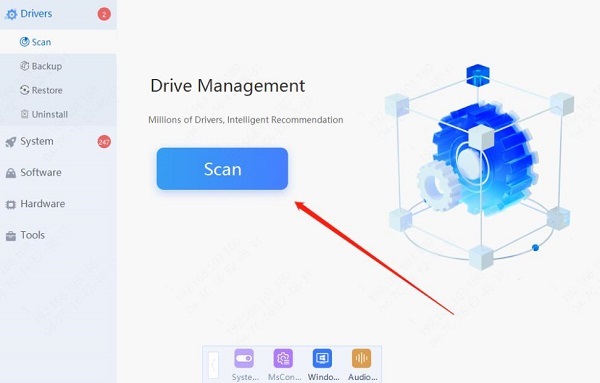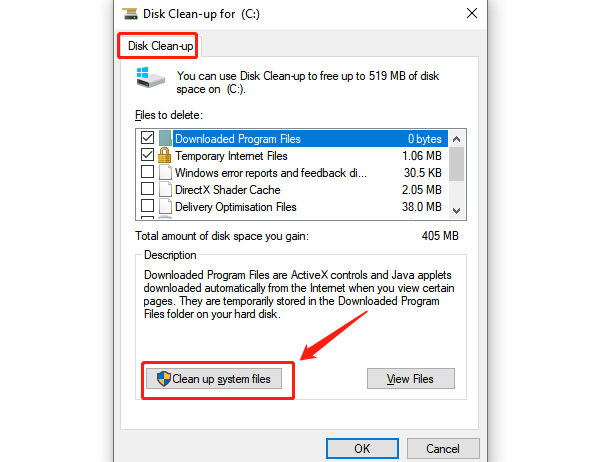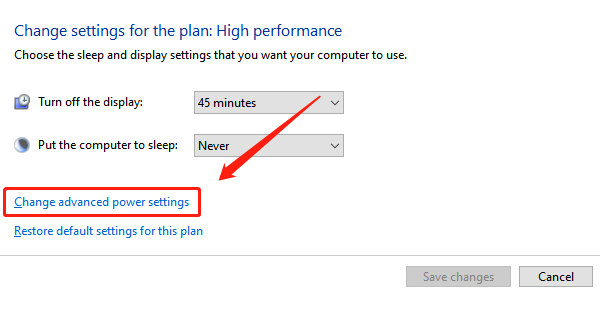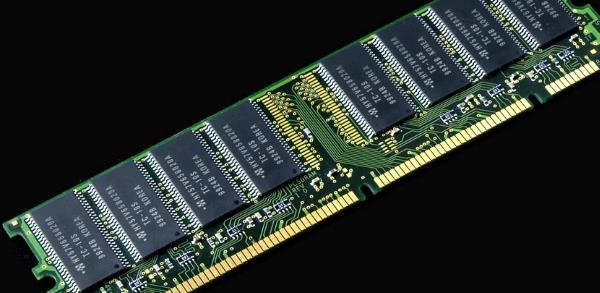
Improving FPS in games can greatly enhance your gaming experience, making it smoother and more enjoyable. Here are some practical tips to help you optimize FPS and improve performance.
1. Update Graphics Card Drivers
Graphics card drivers are crucial for game performance, and outdated drivers can affect FPS. It's recommended to use Driver Sentry to automatically detect and update drivers, saving time and preventing the risk of downloading or installing the wrong drivers.
Click the download button to get the latest version of Driver Sentry. After installation, open the software and click "Scan".

Once the scan is complete, it will show which drivers are missing or need updating. Find the graphics card driver in the list and click "Update".
After updating, it's recommended to restart your computer to ensure the updated drivers take effect properly.
2. Optimize System Performance
Open Task Manager (Ctrl + Shift + Esc), review the running applications and services, right-click irrelevant programs, and click "End Task" to free up system resources.
Use Windows' built-in Disk Cleanup tool to delete temporary files, browser cache, and system junk files.

In Task Manager, go to the "Startup" tab, and disable unnecessary programs that start up with the system to reduce the load on system boot.
Ensure that your Windows OS and security patches are up to date to avoid performance drops caused by system issues.
3. Adjust Game Graphics Settings
Resolution: Set the game resolution to the native screen resolution or lower it to reduce the load on your graphics card.
Texture Quality: Set textures to "medium" or "low" to lessen the burden on your GPU and memory, especially if you're using older hardware.
Shadows and Effects: Lower or turn off dynamic shadows and reflections, as these settings usually demand high performance but have less impact on the visual experience.
Anti-Aliasing: Reduce or disable anti-aliasing, especially at higher resolutions, as it has a large impact on FPS.
In-Game Graphics Optimization: Some games offer preset graphics settings like "Low", "Medium", "High", or "Ultra". Selecting "Medium" or "Low" can improve performance without sacrificing too much visual quality.
4. Adjust Power Settings
Press Win + S, search for "Control Panel", and open "Power Options".
In the Power Options window, click "Show additional plans" and select the "High Performance" mode. This allows your system to provide maximum performance to your CPU, GPU, and other hardware during gaming.
Click "Change Plan Settings", then "Change Advanced Power Settings" to further optimize power usage for hard drives, processors, and other components, ensuring that power-saving limitations don't affect performance during gaming.

5. Use Game Optimization Software
Open NVIDIA GeForce Experience and ensure your graphics card drivers are up to date.
In the "My Games" tab, find the installed games and click "Optimize". The system will automatically adjust the game's settings based on your hardware for optimal performance.
6. Upgrade Hardware Components
Graphics Card: The GPU has the biggest impact on FPS. Older or low-end GPUs may struggle with modern game demands. Upgrading to a more powerful GPU can significantly increase FPS.
RAM: If your system has insufficient RAM (e.g., 8GB or less), running large games can cause stuttering. Upgrading to 16GB or 32GB will provide a smoother gaming experience, especially for large open-world games and multitasking.

Processor: The CPU is another key factor in game performance. If your CPU is underpowered, you may experience stuttering, especially in CPU-intensive games. Consider upgrading to a faster multi-core processor.
7. Check for Game Updates
If you are using platforms like Steam or Epic Games, go to your game library, right-click on the game, and select "Check for Updates".
If an update is available, download and install the latest patch. These patches often contain performance optimizations that can improve the game's smoothness.
After updating, restart the game and check for FPS improvements.
By following these steps, you can improve FPS in your games and ensure a smoother experience. Regular system optimization helps maintain performance, but if issues persist, consider upgrading hardware or seeking professional support.
See also:
How to Connect Wireless Bluetooth Headphones to a Computer
Brother Printer Driver Download Step-by-Step Guide